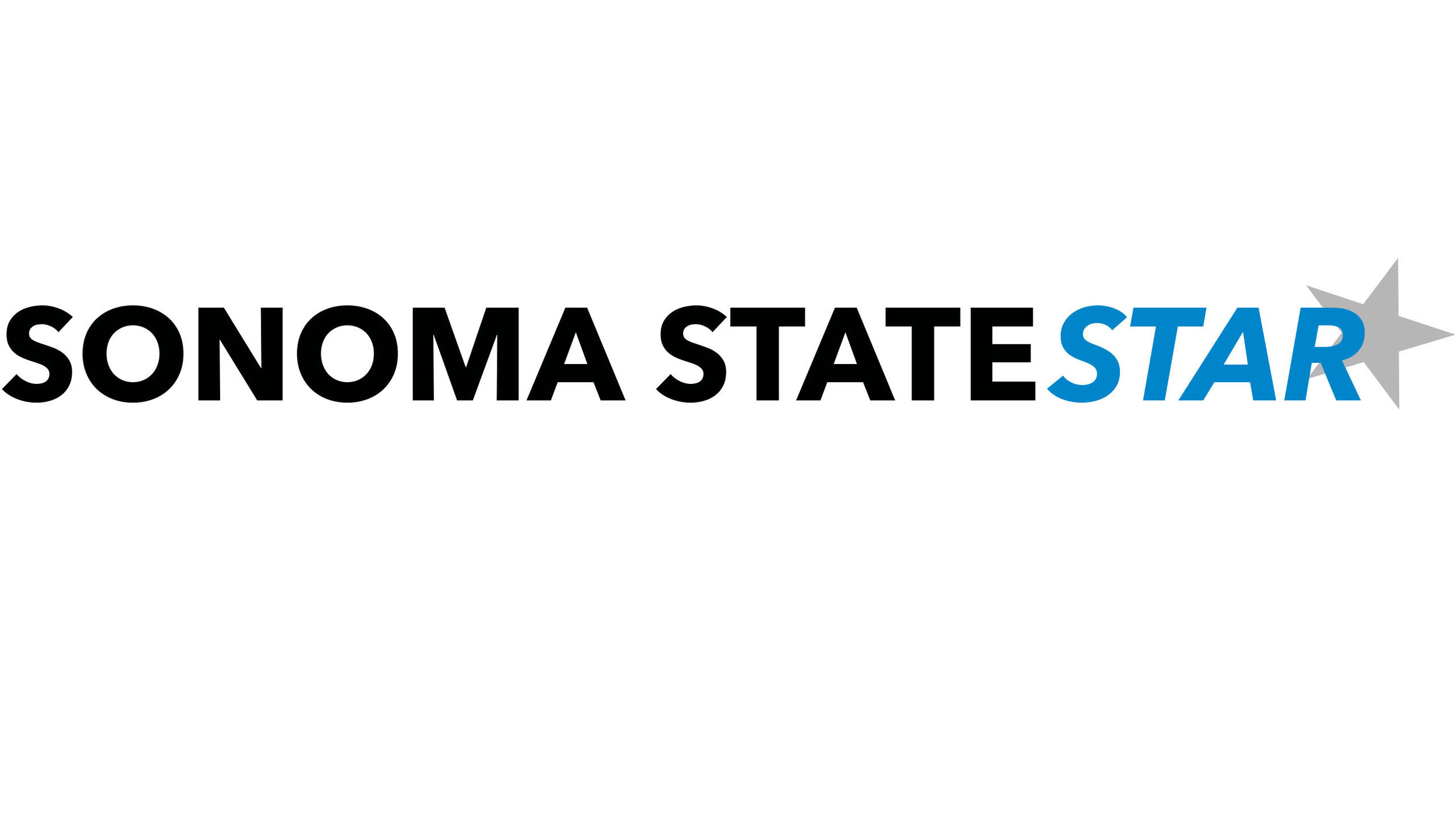Alcohol being served on campus prevents drunk driving and other incidents
/Sonoma State University has a plethora of selling points. The university’s Green Music Center is one that is brought up quite often, the small class size draws in those who actually want to get to know their professors, but one of the nicest things about Sonoma State is that we are in the heart of wine country. Sonoma County is known for its top of the line wineries and beautiful vineyards, and Seawolves, above the age of 21, are lucky enough to be on a campus that is able to actually serve them a glass.
Sonoma State is a “wet” school, meaning that students are able to purchase, consume, and store alcohol on campus. Now for some, this may cause concern. Students and parents alike fear the horror stories they are told of drunk driving accidents, alcohol poisoning on college campuses, and disastrous parties, so the fact that Sonoma State doesn’t have a hard ban on alcohol can seem as though the university promotes and encourages a culture of irresponsible drinking, however this is not the case.
Having a “dry” campus, one that has a ban on alcohol, does not guarantee the safety of its students. In fact according to a study done by Project Know, dry campuses reported more liquor arrests on average than wet campuses, 19 per 1000 students as opposed to 16.
“The top five schools for liquor related arrests arrests included three dry campuses,” said Project Know’s website.
A dry campus clearly isn’t a solution to alcohol related issues and could actually even amplify the situation. Students who would just sit in their dorm and have a beer are instead forced to go outside of the campus to bars or parties where binge drinking is prevalent. Just because they can’t get it on campus doesn’t mean students won’t be able to find a way— one that could be even more dangerous than they were intentionally planning.
George Koob, director of the National Institute of Alcoholism and Alcohol Abuse told TIME magazine, “That’s the whack-a-mole concern, and it’s a real one if other prevention programs are not implemented.”
At Sonoma State, if a 21 year old student decides they want to have a glass of wine in their room or go out to eat on campus and grab a beer, they have that option. Now, this is not just some lawless land where the alcohol freely flows at every venue for anyone who is lined up. The university has put in place several rules that keep its student body safe while also letting them enjoy alcohol is a safe space.
Food venues on campus like Lobos, the Wine Spectator building, and even the Green Music Center all serve alcohol, however there are drink limits in place to ensure that patrons drink responsibly. Workers in orientation are taught about the “stoplight” method. When a student first walks in they are green, meaning they are totally unimpaired and can start drinking. At the yellow stage, employees are encouraged to offer food to the patron and suggest they switch to water. Finally at the red stage, the student is cut off from alcohol to prevent anything dangerous from going on. With a wary staff, it is nearly impossible to binge drink but responsible students can get a drink before safely walking back to their dorm.
Another measure Culinary Services has put in place to prevent students from taking advantage of their privilege is by having employees at venues that serve alcohol attend a mandatory training on how to catch fake ID’s, lead by Detective Jon Kempf of Rohnert Park Public Safety. It is no secret that some underage students want to get their hands on alcohol, but Sonoma State puts in the effort to ensure this doesn’t happen on campus. These trainings, paired with the drink limits help protect students from the dangers of binge drinking while allowing them the freedom to enjoy a drink on the school’s beautiful campus.
Sonoma State also allows students over the age of 21 to keep alcohol in their dorms. These students now don’t have to worry about driving out, drinking, and then driving home. Instead, they can relax and not worry about possibly driving while impaired, hurting themselves or others. Of course, there are rules when it comes to from, which is for the best. According to Sonoma State’s website dorms should have “..one drink serving open for every person living over the age of 21 in the dorm.” It should also not be in view from outside of the apartment. This keeps underaged students from taking advantage of the system by getting drinks from older students, since only one drink can be open at a time within the dorm, and keeps the campus looking beautiful for visitors.
With enrollment dropping, Sonoma State needs every edge it can to entice students to come. Being able to serve alcohol on campus, especially on a campus situated so close to some of the greatest wine in the United States, is certainly a big plus. Students are grateful to be able to enjoy an alcoholic beverage on campus and the safety of being able to walk back to their dorm.







